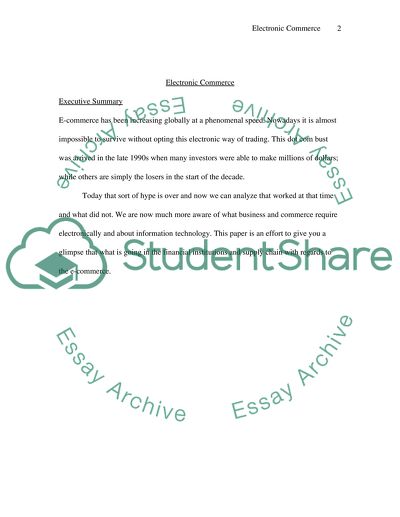Cite this document
(“The Worldwide Influence of Electronic Commerce Essay”, n.d.)
The Worldwide Influence of Electronic Commerce Essay. Retrieved from https://studentshare.org/information-technology/1521679-electronic-commerce-essay
The Worldwide Influence of Electronic Commerce Essay. Retrieved from https://studentshare.org/information-technology/1521679-electronic-commerce-essay
(The Worldwide Influence of Electronic Commerce Essay)
The Worldwide Influence of Electronic Commerce Essay. https://studentshare.org/information-technology/1521679-electronic-commerce-essay.
The Worldwide Influence of Electronic Commerce Essay. https://studentshare.org/information-technology/1521679-electronic-commerce-essay.
“The Worldwide Influence of Electronic Commerce Essay”, n.d. https://studentshare.org/information-technology/1521679-electronic-commerce-essay.


